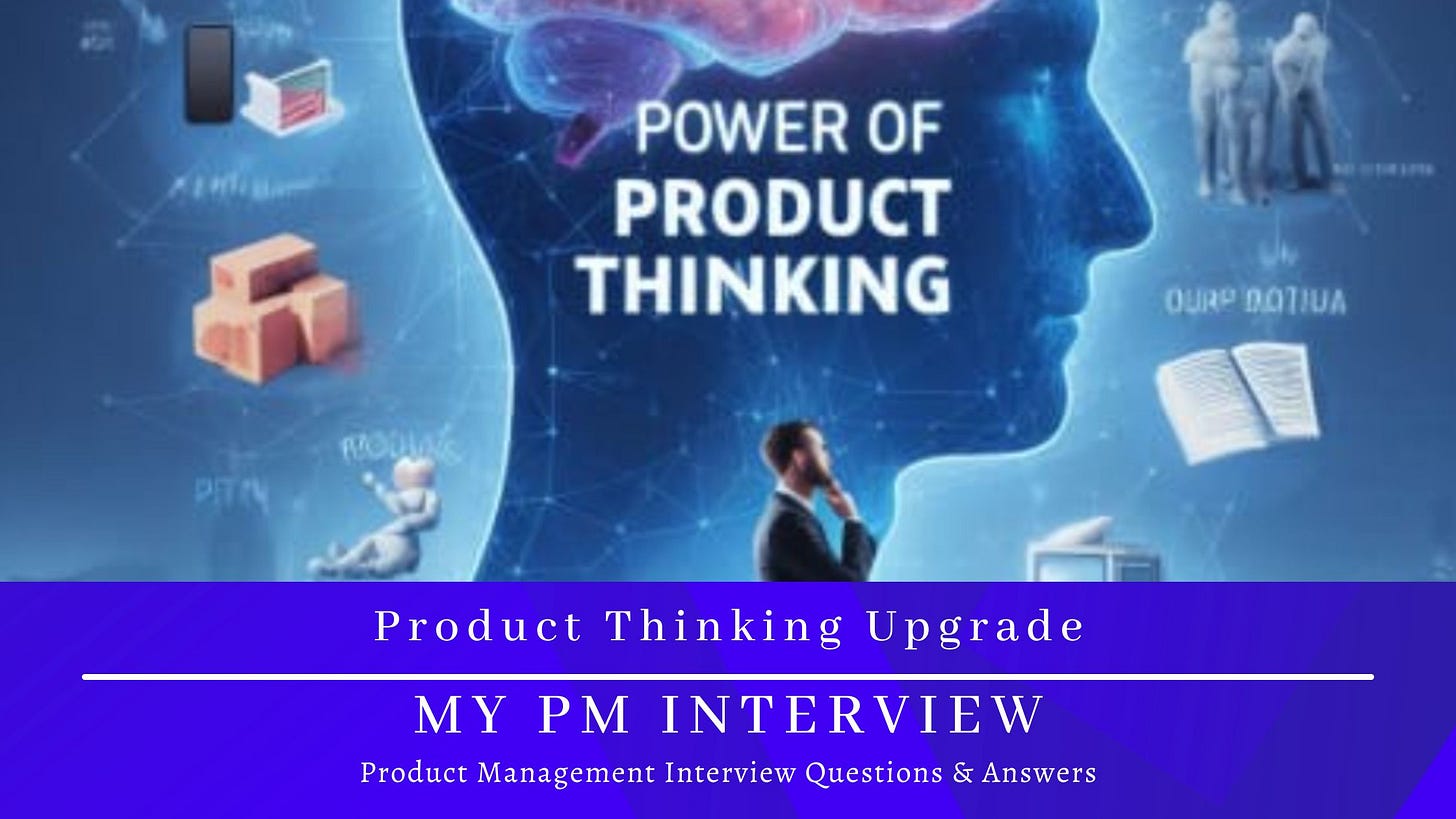Product Thinking Upgrade: 6 Shifts That Change Everything
Six powerful mindset shifts to help product managers think deeper, lead sharper, and drive impact that actually matters.
Beyond the Checklist
Product management has no shortage of frameworks, templates, and "best practices."
You’ve seen the Jira boards. The prioritization matrices. The roadmap rituals.
But let’s be honest—none of that guarantees great outcomes.
Some of the most effective product leaders don’t operate like textbook PMs. They don’t obsess over velocity charts or argue over story point estimates. What they do is think differently. They develop mental models that let them see around corners, zoom in when others zoom out, and steer teams through ambiguity with clarity.
The difference between a good PM and a truly great one?
It’s not just execution—it’s how they think.
This article is about upgrading your mindset. Not with more process, but with sharper perspective.
Let’s start with one of the most useful models for navigating real-world product work.
1. The Three Layers of Product Work: Impact, Execution, Optics
Every product manager operates across three invisible, interlocking layers—whether they realize it or not:
Impact: What actually moves the business or the user experience.
Execution: How well things get built and delivered.
Optics: How that work is perceived across the company.
If you only focus on impact, you might ship brilliant features that no one notices or understands.
If you only focus on execution, you risk building efficiently… the wrong thing.
If you only focus on optics, well—you’ll have great slide decks and not much else.
Great PMs recognize that all three layers matter. They don’t obsess over one while ignoring the others—they learn to navigate across them fluidly.
Here’s the tricky part: most conflict in product work stems from layer mismatch.
Engineering might care most about execution ("Are we unblocked?").
Leadership may care most about optics ("Is this launch going to land?").
You might care most about impact ("Is this solving the right problem?").
If you can name which layer you're operating in—and which layer others are reacting from—you instantly gain leverage. You can align better, communicate smarter, and build trust across disciplines.
Mindset shift: Don’t just ship the feature. Think about what impact it drives, how well it’s executed, and how the story is told.
2. When Execution Fails, Look One Layer Deeper
Let’s say a sprint slips. Or a project’s dragging. Or the team just isn’t clicking.
The knee-jerk reaction? Add more process.
More standups.
Tighter timelines.
Better dashboards.
But here’s a truth that takes years (and a few painful launches) to really absorb:
Most execution problems aren’t execution problems.
They’re actually strategy problems. Or trust problems. Or context problems.
Maybe the team doesn’t understand why this project matters, so motivation is low.
Maybe the scope is fuzzy because the product direction isn’t clear.
Maybe the PM is hesitating to escalate because they feel unsupported.
Trying to "fix" this by tightening the execution screws? It’s like adjusting the wiper speed on a car with a broken engine.
Instead, zoom out:
Is the team aligned on the goal?
Is the problem statement even right?
Is there psychological safety to move fast and ask hard questions?
Only once those layers are healthy can execution actually thrive.
Mindset shift: If things are slow on the surface, dig deeper. Speed lives in alignment, not in process.


